SSW@beBee

Sensational Start to the Week at beBee: SSW@beBee
I have a hive called, “What words mean to me.”
I have now added the following feature to this hive; every Monday, I am posting contributions related to the word “senses”. This week I offer the following articles focusing on how the brain makes sense of it all. This will be presented in two parts: Last week, Part One - Sensing with Our Brain and this week, Part Two - Synesthesia.
Part Two - Synesthesia
PsyBlog: 6 Intriguing Types of Synesthesia: Tasting Words, Seeing Sounds, Hearing Colours And More
One fantastic reminder of the varieties of consciousness is the phenomena of synesthesia: the cross-wiring of the brain’s senses in a small proportion of the population.
Until recently, when experts explained that around 4% of people have the involuntary experience of, say, certain numbers evoking particular colours, they were met by disbelief.
Surely ‘synesthetes’ were making it up to feel special or perhaps unconsciously responding to the demands of the tests?
Now, of course, we know better: this cross-wiring of the brain’s senses is real and it’s experienced in all kinds of different ways.
Estimates place the number of varieties of synesthesia at between 50 and 150 but here are some of the most intriguing (that we know about).
As you read these, whether you’re a synesthete or not, marvel at how different our experience of the world is at a very basic level.
1. Lexical-gustatory synesthesia
One of the rarest forms of synesthesia, in which people have associations between words and tastes.
Experienced by less than 0.2% of the population, people with this may find conversations cause a flow of tastes across their tongue.
Not only can taste be involved, but so can temperature, texture and even the location on the tongue.
One synesthete who has been tested finds the word ‘jail’, for example, tastes of cold, hard bacon.
2. Mirror-touch synesthesia
Imagine you watch me reach up and touch my own chin, but that you experience a touch on your own chin.
This is mirror-touch synesthesia: when you feel the same sensation another person feels.
The prevalence for this type of synesthesia is relatively high at around 1.6%.
Even amongst non-synesthetes, around 30% of people have a sort of mild form of this in that they experience pain when they see someone else being hurt.
This may be a heightened version of at least part of the process involved in how we empathise with others.
3. Misophonia
While many forms of synesthesia are harmless and some consider it enhances their life, not all forms are beneficial.
Misophonia — literally “hatred of sound” — is a condition in which sounds trigger strong negative emotions like disgust and anger.
It’s extremely rare and may be caused by problematic connections between the auditory cortex and the limbic system.
Commonly reported amongst misophones are strong adverse feelings in response to the sounds of other people eating and breathing.
4. Personification
This is where ordered sequences, like numbers, days of the week or letters all have particular personalities, and even appearances.
Monday might be an angry kind of depressed young guy wearing a red shirt, while Tuesday might be an outgoing older woman who talks too much, and so on…
5. Number-form synesthesia
First documented by the polymath Sir Francis Galton more than a century ago, this is where numbers automatically appear in the mind as mental maps.
Here’s a representation of how it might be experienced:
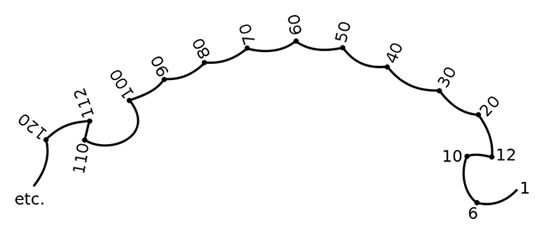
Usually these maps are individual to the particular synesthete.
This type of synesthesia may result partly from the fact that the areas of the brain for processing numbers and that for spatial representations are relatively close to each other.
It’s thought that as much as 20% of the population may have number-form synesthesia or related experiences which mean that days, months or the alphabet takes on a spatial form in the mind.
(I don’t know how this fits with the figure of 4% experiencing synesthesia, but it probably depends on where you draw the line.)
6. Chromesthesia
Chromesthesia is sound-to-colour synesthesia, the kind which most intrigued the artist Wassily Kandinsky, and which many of his paintings attempt to evoke.
Here is one of his paintings, called “Yellow, Red and Blue”:
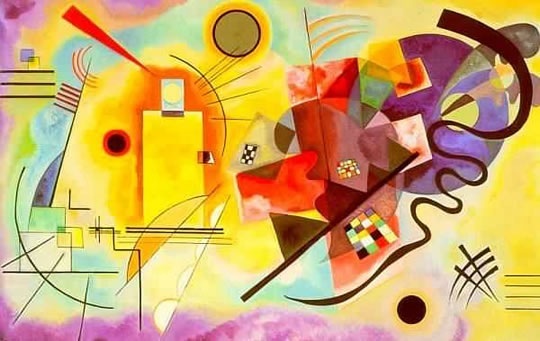
People with chromesthesia hear sounds and these automatically and unintentionally make them experience colours.
To someone who doesn’t experience this, it sounds weird or distracting, that you’d suddenly start seeing colours while listening to music, but to synesthetes who have grown up with this, it’s just their normal, everyday, experience.
It’s no more unsettling than having a particular song remind you of a place you used to live, perhaps less so.
The variety that’s been found even within this one type of synesthesia is mind-boggling.
Some of those with chromesthesia find the colours are projected into space in front of them; others see it in their ‘mind’s eye’.
Some only get the chromesthesia for spoken words, which are influenced by the voice’s accent, pitch and intonation; others just for music.
Here is a beautiful video that explores the connection between music and colour. The graphics are by motion graphics designer Esteban Diácono, and the music is “Slowly” by composer Ólafur Arnalds:
Synesthesia lost
Here is how Sir Francis Galton first reported his findings of number-form synesthesia in 1881:
“I must say a word of warning against the too-frequent tendency to assume that the minds of every other sane and healthy person must be like one’s own.
The psychologist should inquire into the minds of others as he should into those of animals of different races, and be prepared to find instances of much to which his own experience can afford little, if any, clue.” (Galton, 1881)
For the non-synesthete (like myself) reading about synesthesia, the experience of synesthesia will probably always remain a mystery, fascinating as it is to try and imagine.
That’s despite the fact that one theory of synesthesia holds that we were once all synesthetes.
While infants, say some scientists, we all experienced synesthesia, but for most of us these strange sensory cross-connections vanished in the normal course of development.
Our synesthetic past is quickly washed away, though, in the normal course of development and perhaps with the help of childhood amnesia.
For a small proportion, though, it’s a normal part of their experience forever.
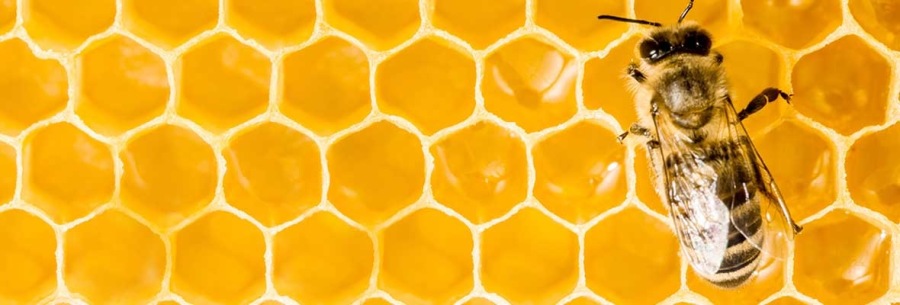
Image credit: Pesticide Action Network
My Call To Action is my invitation. I invite you to send me a description of what makes sense to you.
""""
Articles from Sara Jacobovici
View blog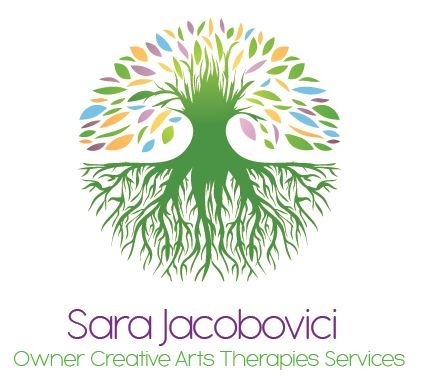
On SUNDAY, MAY 28, 2017, I wrote: · New beginnings take place constantly. When you thread them toget ...
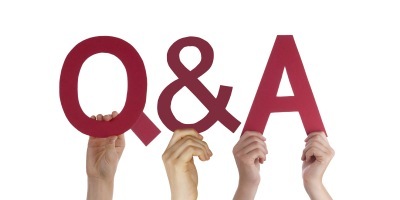
Image credit: steveoatesblog - WordPress.com · With Q&A@beBee, I ask some of the most interesting pe ...
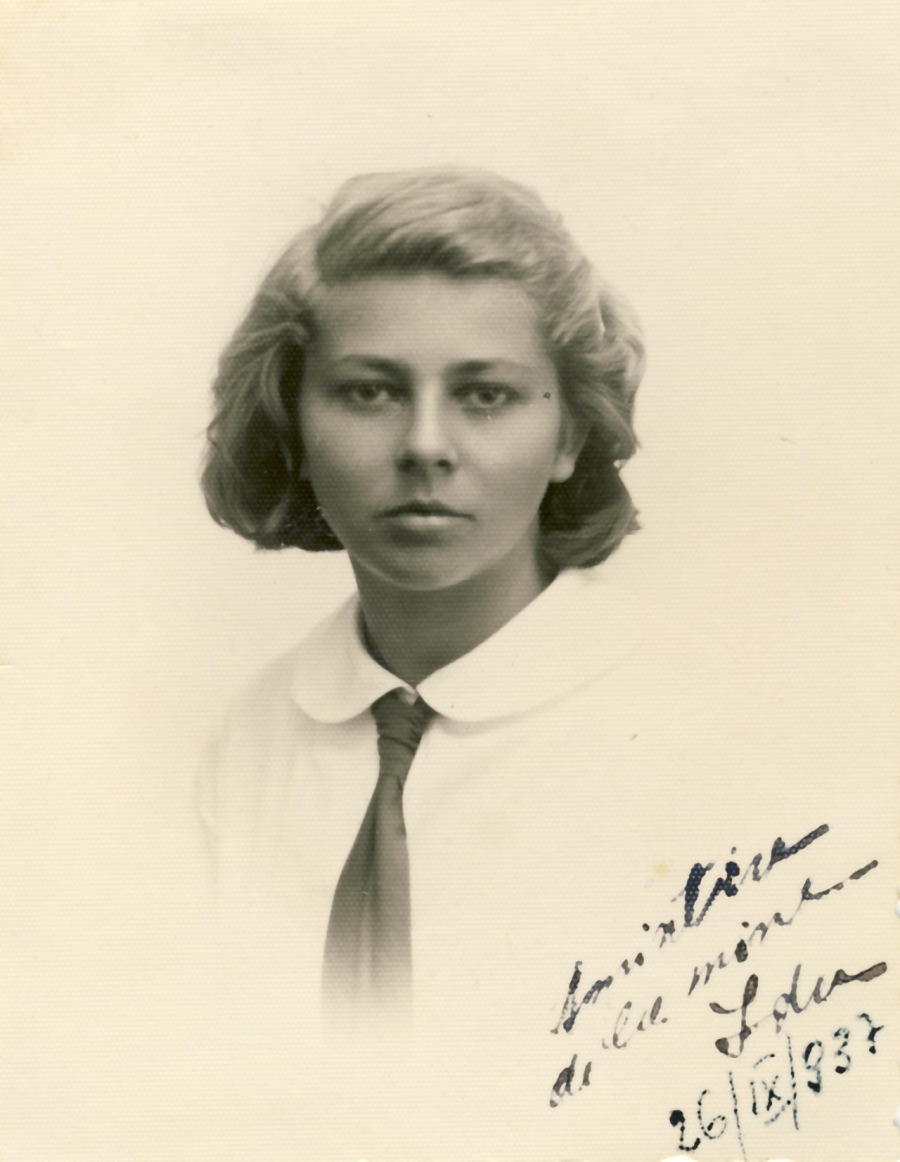
My mother, Ida Jacobovici (of blessed memory), passed away on August 17th at the age of 97. She was ...
You may be interested in these jobs
-

QA Engineer
Found in: beBee S2 IL - 2 days ago
Veeva Systems Kiryat Ono, Israel Full timeVeeva Systems is a mission-driven organization and pioneer in industry cloud, helping life sciences companies bring therapies to patients faster. As one of the fastest-growing SaaS companies in history, we surpassed $2B in revenue in our last fiscal year with extensive growth pot ...
-
מהנדס/ת תהליך למפעל האלקטרוליזה
Found in: beBee S2 IL - 5 days ago
ICL Group Dimona, Israel· תיאור המחלקה · מפעל אלקטרוליזה הינו אחד מתוך 3 מפעלים במגנזיום ותפקידו משמעותי ורחב מבחינת השפעתו על תהליכי הייצור במגנזיום · העבודה מאופיינת בסביבת עבודה דינאמית , משרה המשלבת עבודת שטח ועבודה משרדית · מה יהיו תחומי האחריות שלך · אחריות על תהליכי ייצור במתקנים השונים , בדגש ע ...
-

Inside Sales Representative
Found in: beBee S2 IL - 4 days ago
Arrow Electronics Petah Tikva, Israel OTHERPosition: · Inside Sales RepresentativeJob Description:Location: · IL-Petah Tikva, Israel (Shacham Street)Time Type: · Full timeJob Category: · Sales ...

Comments
Sara Jacobovici
7 years ago #3
So encouraged to hear how sensory perception is finally getting the attention it deserves in understanding its role in how we process information in general and in areas such as learning disabilities specifically. Thanks for your comment Dorothy Cooper
Sara Jacobovici
7 years ago #2
The details of how we develop our senses are quite intriguing Ali Anani. In the womb we actually have a "mixing" of senses. It's only when we begin to develop post natally through interaction with our environment and others that our senses begin to take their own route or branch. Just like we are born with the ability to produce all the sounds of all languages but most of us, once we engage in our mother tongue, if we don't learn other languages, we lose the ability to produce those other sounds. But, just like you say, and what I have posted over the last few buzzes, even if we are not officially synesthetic, our senses do blend or "reinforce" or "boost" each other. I love the examples you gave. They are right on!
Sara Jacobovici
7 years ago #1